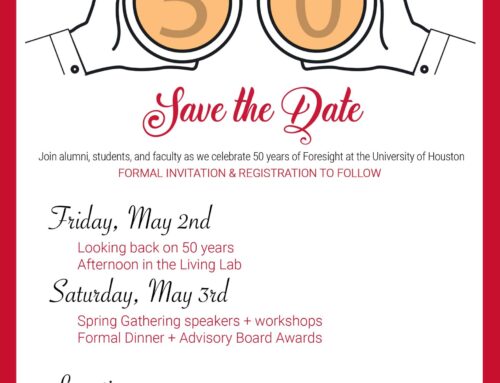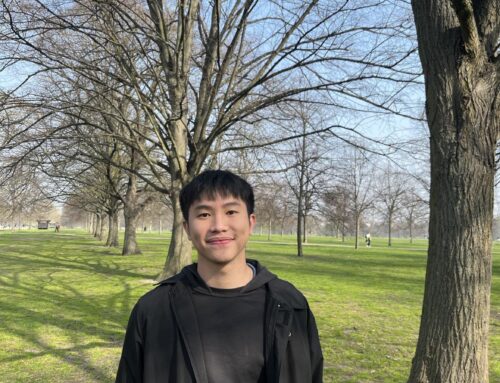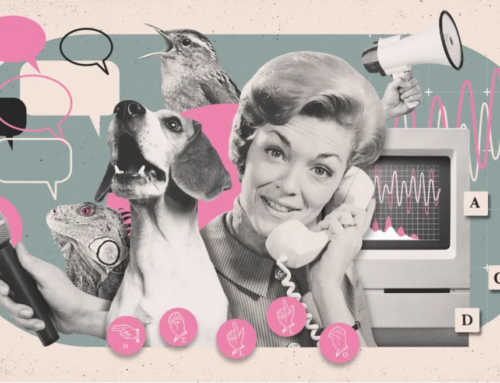Contributer: Jillian Humphreys
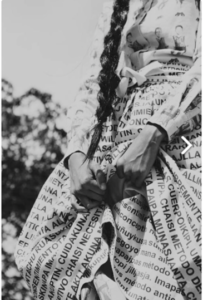
Figure 1-Lucia Cuba, Articulo 6
As I’ve made my way through the foresight program and become a newbie practitioner in this space, one thing I’ve realized is sometimes words don’t work. You can write the best scenario that tells a beautiful story about a future only to find it doesn’t resonate with your client. At best, your client thinks it’s a good story, it’s interesting, but they can’t see the ties to their preferred future or the research topic of interest. At worst, the story is boring and doesn’t resonate at all. You client looks at you “I don’t get it” they say. “Why does this matter?” The narrative might seem like a lot of blah blah blah in the words of Dan Roam. It doesn’t quite describe the richness and complexity of the future; the systems, the people, and the trans-disciplinary approaches required to address the emerging issues. How might we get past this barrier and to active engagement? Futures design techniques offer a path forward to move from blah blah blah to a-ha!
Here I’ll look at two case studies in which futures design techniques were used to illuminate complex, systemic issues of social and political inequity with the goal of sparking participatory action for change. By materializing the issues presented by these case studies through props and immersive experiences, the designers were able to make-literally- the issues more accessible and discussable by participants in ways a narrative cannot.
In her Articulo 6 project, social scientist and fashion designer Lucia Cuba explores the subjugation and forced sterilization of over 270, 000 indigenous Andean women through a collection of 34 garments and 12 actions. The project is grounded in a specific sense of place by reflecting the culture and geography of Peru, while simultaneously engaging the viewer in the significant gender and human rights issues which beset the country in the mid-to-late 1990s. Clothing as the medium of expression allows Ms. Cuba to explore the performative and political role of garments through their construction and exhibition. Although not an experiential futures work per-se, Articulo 6 could be seen as an exercise in Ethnographic Experiential Futures (EXF) (Candy, Kornet), with the garments and the actions serving as the artifacts from which to Map new futures for consideration. Here, clothing design functions as a tool for exploring the social, political, and ethical conditions of Peru’s “anti-poverty” program, to include their implications. By bringing high fashion, art, and activism together, Ms. Cuba’s project creates a potent experience by which she and participants engage, explore, and address the systemic issues of the body, rights, and gender which inform this project. The project serves simultaneously as a thought piece and a call to action.
Articulo 6 also takes an experiential approach to design the 12 actions, each one employing a different form or venue and providing exposure to a transnational issue. The forum and form of the action changed the ways in which people engaged with Cuba’s work as well as the issue. One action used photographs of models wearing the garments with their hair braided over their faces to illustrate the government’s marginalization of the women. Action 7- a runway show during New York Fashion Week (NYFW)- triggered a mass media response about the clothing and its message when Lady Gaga wore two pieces from the runway collection for the launch of her new perfume in 2012. The garments, printed with text from Article 6 of Peru’s general health law mixed with traditional embroidered Andean designs (see photo, right), spurred conversations not only about Peru’s forced sterilization program, but also about access to contraception, poverty, and a women’s right to individual agency regarding their sexual health and well-being. The use of fashion design in combination with art and activism sought to spark deep conversation and action around the global institutionalization of policies that disproportionately impact women’s bodily autonomy. Articulo 6 used clothing and design to tell an immersive story about the need for political and social change in that regard.
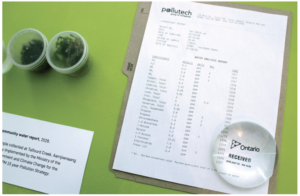
Figure 2- Kelly Kornet, artifacts from Causing an Effect
Kelly Kornet, in her 2015 project Causing an Effect, uses futures design to understand and expand upon the thinking and inspirations of environmental activists who grew up in toxic places. Growing up in a fence-line community herself, Ms. Kornet explores the motivations and implications of environmental activism through artifacts which ‘animate’ the hopes and fears of divergent futures described by activists from Ontario’s Chemical Valley. By bringing together future narratives with participatory design, the artifacts serve a similar function to Lucia Cuba’s project in which the social, ethical, and political implications of communities living in so-called ‘sacrifice zones’ (aka fence-line communities) give rise to active engagement that protect the environment from harm. The combination of art and activism again seek to spark deep conversation and action around policies that disproportionately impact marginalized communities (e.g., indigenous, poor, black, Hispanic) while inviting participants to consider alternatives. How might we change the future so that we are better stewards of the environment? How might policies be enforced to restore air and water quality?
Sometimes, exploring the future requires what Roam calls ‘vivid thinking’ to combine verbal and visual frames (e.g., narratives and artifacts about the future) to share ideas about the future and inspire action. Stuart Candy reiterates this idea in his Experiential Futures approach, arguing that hybrid design and futures projects are a form of action research designed to spark critical discussion resulting in change.
So, if you find yourself in a situation where words seem to be a barrier to your preferred end state, consider experimenting with futures design techniques. It may be the A-ha moment you need to move towards a brighter, better future.
Think vividly, friends!
References:
Dan Roam. Blah Blah Blah: What to Do When Words Don’t Work. Penguin Press. 2011.
Lucia Cuba and Erasmo Wong Seoane. Articulo 6: Narratives of Gender, Strength, and Politics. pp. 332-340. WSQ: Women’s Studies Quarterly. The Feminist Press. Vol. 41. Nos. 1&2 Spring/Summer 2013.
Leila Miller. Tied Down and Sterilized: Peru’s Dark History of Family Planning. LA Times. October 29, 2019. https://www.latimes.com/world-nation/story/2019-10-29/peru-forced-sterilization-alberto-fujimori
Peru Forced Sterilizations Case Reaches Key Stage. BBC News. March 1, 2021. https://www.bbc.com/news/world-latin-america-56201575
Stuart Candy and Kelly Kornet. Turning Foresight Inside Out: An Introduction to Ethnographic Experiential Futures. Journal of Futures Studies. March 2019.
Kelly Kornet. Causing an Effect: Activists, Uncertainty, and Images of the Future. Presented at the World Conference of Futures Research 2015. Turku, Finland.

